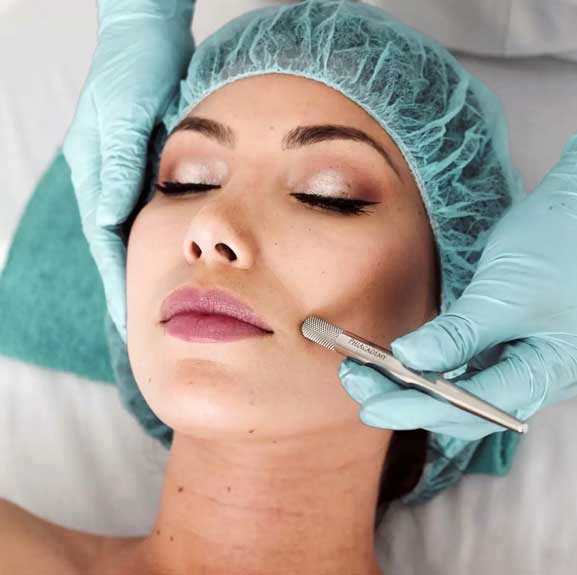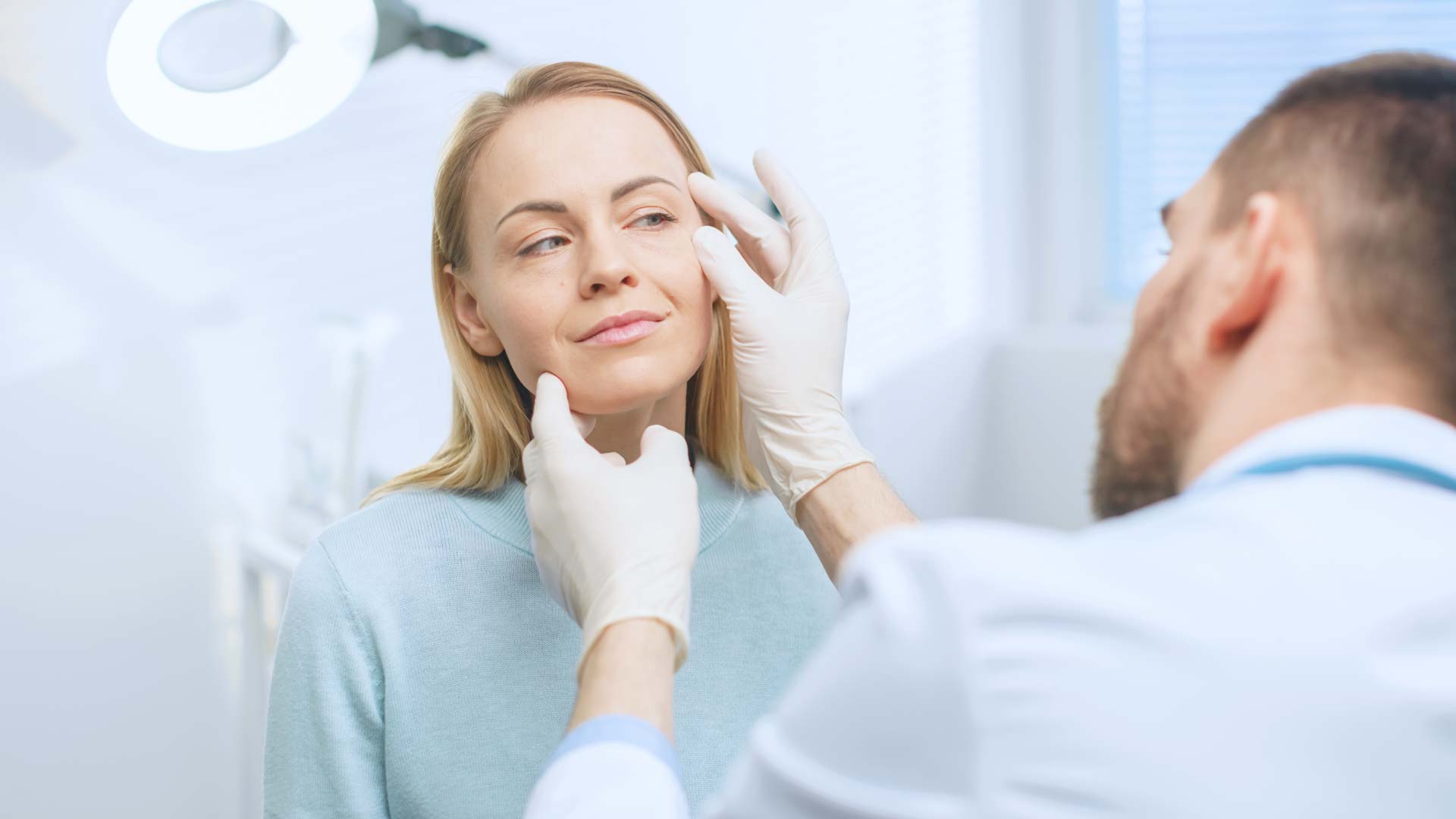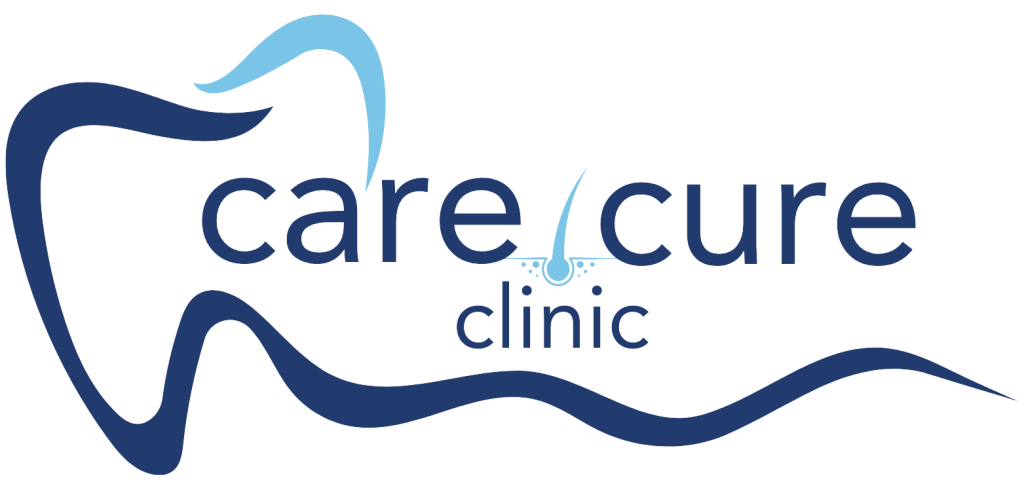- ST. LAMBOR, NEW YORK ( US )
- CLINIC : + 31 2349334972


La greffe de barbe est une intervention chirurgicale qui offre une alternative fiable et efficace à tous ceux qui souffrent de barbe clairsemée et souhaitent camoufler une brûlure, des cicatrices d'acné, une fente labio-palatine ou encore un acte de chirurgie.Elle a pour objectif d’apporter une solution efficace et durable contre les zones mal dessinées, clairsemées, ou inexistantes.
Grâce à la greffe de barbe, on peut corriger une densité nulle ou faible et densifier durablement la barbe ou la moustache du patient en les rendant plus épaisses et uniformes.
Au même titre que la greffe de cheveux, la greffe de barbe permet de déplacer des cheveux (follicules pileux) provenant d’une zone à forte densité appelée la zone donneuse située sur la couronne hippocratique (en haut de la nuque), vers des zones à densité moindre sur la barbe appelées des zones receveuses là où le patient souffre du manque de pilosité.
Il existe 3 techniques principaux de greffe de barbe : la FUT (Follicular Unit Transplantation),la FUE (Follicular Unit Extraction) et la DHI (Direct Hair Implantation).
La FUT est appelée aussi la technique de la bandelette qui consiste à extraire une bande horizontale de la zone donneuse (couronne hippocratique) de 10 à 30 cm en la découpant ensuite minutieusement en unités folliculaires au microscope pour permettre d’éviter au maximum tout gaspillage et les implanter sur les zones clairsemées de la barbe.
La FUE est actuellement, la technique la plus utilisée qui consiste à extraire chaque unité folliculaire individuellement sur la zone donneuse à l’aide d’un outil appelé micro-punch en les plaçant dans une solution de conservation. Ce processus est répété jusqu'à ce que le médecin praticien récolte suffisamment d'unités folliculaires pour les implanter sur les zones clairsemées de la barbe.
La DHI est actuellement, la technique la plus récente appelée la technique du stylo qui consiste à créer des canaux et faire l'implantation directe et immédiate à l’aide d’un stylo spécial (Choi Implanter).
Elle permet au chirurgien de contrôler la profondeur, l’angle et la direction d’implantation étape par étape dont les greffons seront implantés un par un sur les zones clairsemées de la barbe.


Retrouver une repousse harmonieuse
Traiter de manière définitive la chute de la barbe
Corriger une cicatrice au niveau de la barbe avec précision
Améliorer l’esthétique, l’estime de soi, la confiance et la qualité de vie
Avoir une apparence naturelle en profitant d’une haute densité avec un comblement des zones clairsemées
Permettre d’implanter jusqu'à 1600 greffons en une seule séance en couvrant une large surface ou bien plusieurs zones
Offrir un traitement chirurgical hautement efficace et permanent pour remédier à l’alopécie même sur les stades les plus avancés


Number of trip : 1 trip
Duration of stay : 2-3 days
Duration of procedure : 6-8 hours
Healing period : 5-7 days
Recovery time : 3 days
Final result : 12-18 months
Powered By : Digital Rise Solutions

